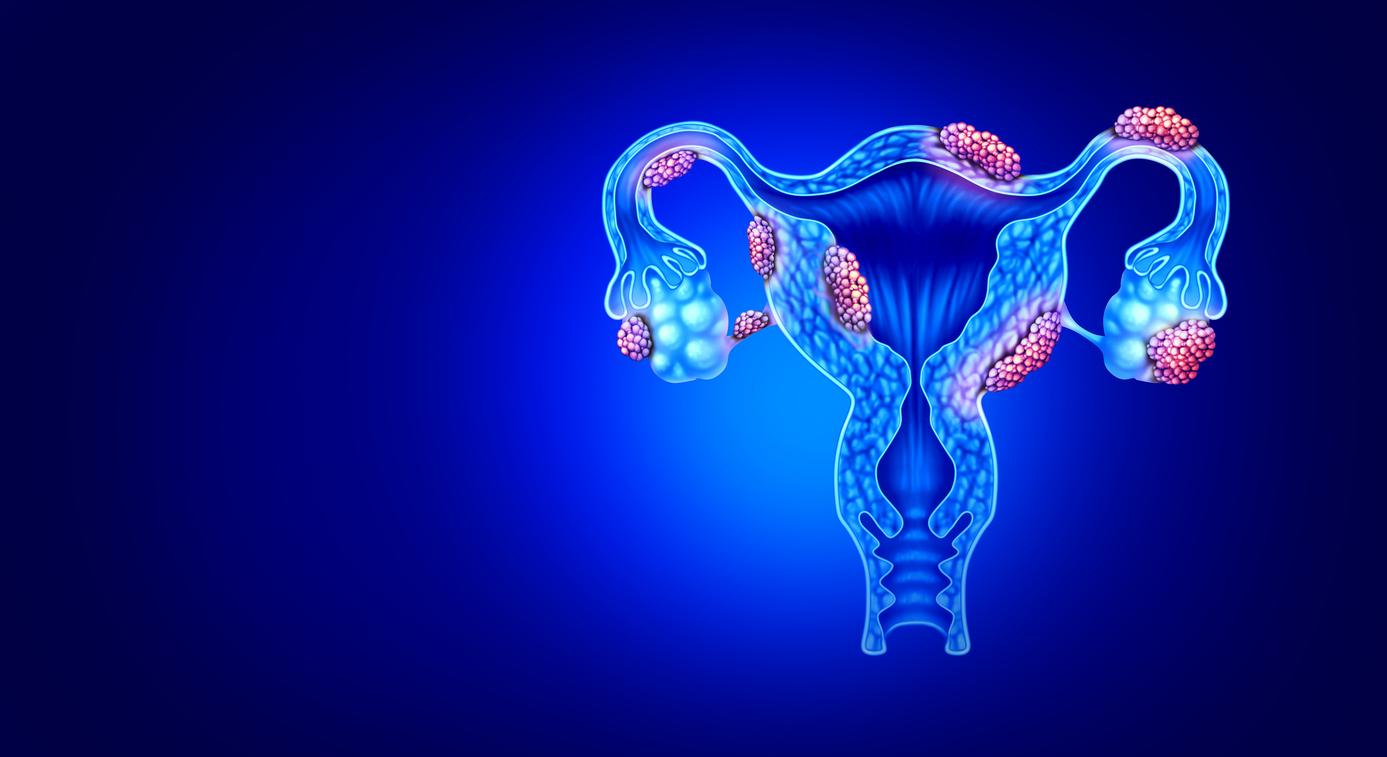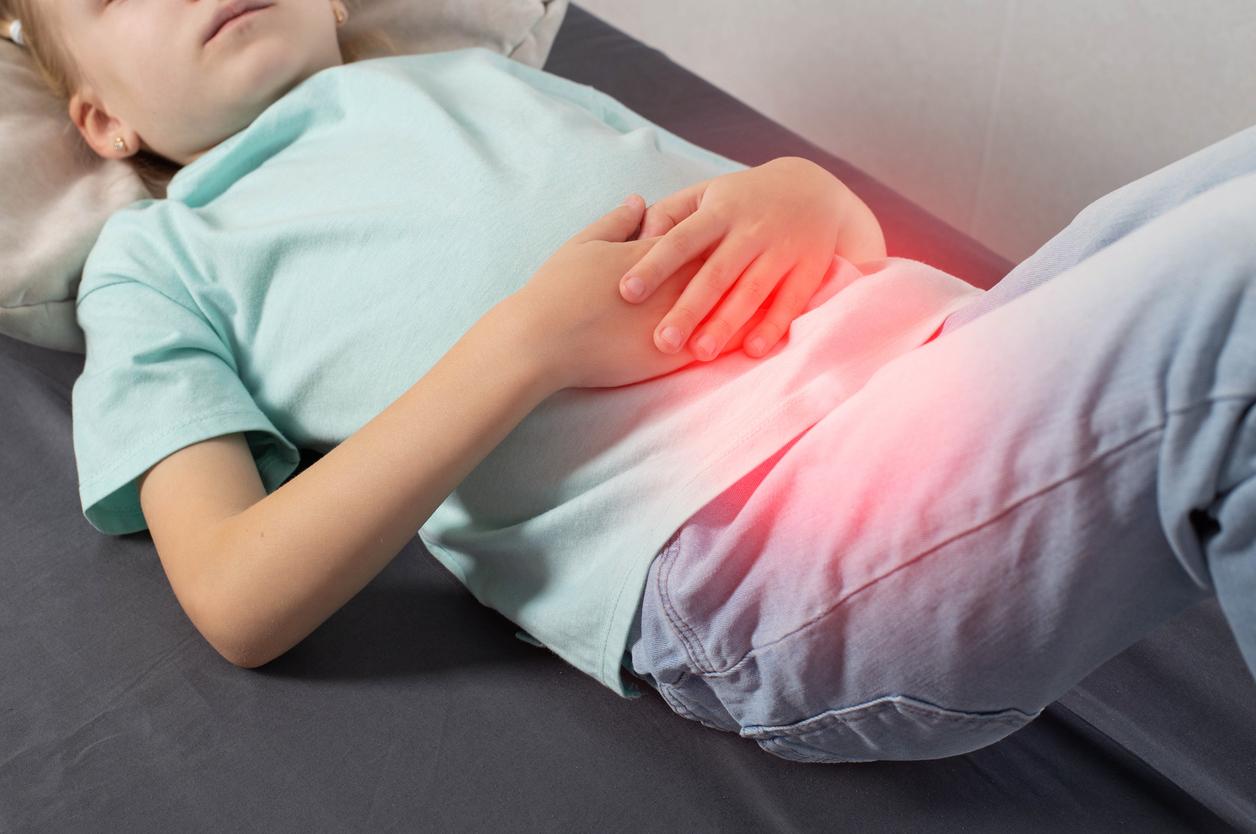For conflict-related shoulder pain, shoulder surgery does not seem to be much more helpful than medical treatment.

In pain syndromes of the shoulder related to a “subacromial impingement”, arthroscopic surgery to decompress the subacromial space or “acromioplasty” seems to provide only modest benefit. This is what emerges from a controlled study published in The Lancet which compared decompression surgery to placebo surgery and no surgery. The difference measured on the usual indicators is even so small that it does not appear to be clinically apparent. These results are published in the Lancet.
An “oversold” operation
Acromioplasty is a very common operation that is offered when medical treatment for a painful shoulder has failed, in what doctors call “subacromial impingement syndrome” (pain when the shoulder is raised. arm between the muscle cuff and the shoulder bone). This study reveals that the guidelines are arguably, at best, too broad and at worst, completely unnecessary.
It is very likely that the value of this intervention was so overestimated that it was offered to patients who could not benefit from it. It should henceforth be reserved for medical treatment failures occurring on an acromion of abnormal morphology or in the event of osteophytes under the acromion.
A 12-month controlled study
The study was carried out in 32 hospitals across the UK and involved 50 surgeons. The patients were drawn at random between the 3 comparative arms of the study.
They had all suffered from shoulder surgery lasting at least 3 months despite medical treatment that included corticosteroid infiltration into the shoulder (subacromial) and shoulder rehabilitation.
A classic arthroscopic acromioplasty-type surgery (plane the tip of the acromion and clean the damaged soft tissue of the muscle cuff) (n = 90) was compared to a sham surgery (single incision of the skin) (n = 94 ) and no treatment (n = 95). The 2 “surgery” groups also benefited from post-operative rehabilitation (4 sessions) and the final evaluation was carried out on a questionnaire, 6 and 12 months later.
Very modest improvement after surgery
In general, the 3 groups of patients improve at 6 and 12 months and the reduction in pain is slightly greater at 6 months in the “surgery” groups (-32.7 and -34.2 points respectively) compared to the group without any treatment (-29.4 points), but the difference is unlikely to mean anything clinically.
In addition, this difference may be related to the placebo effect of the surgery or to the number of patients who did not stay in the group where they had been assigned by lottery because of the very long operating times in the United Kingdom (23 % of patients in the acromioplasty group improved on their own and gave up surgery, while 12% of patients in the group without treatment were operated on secondarily).
The quality of the methodology used by this very good research group and the results obtained therefore seriously raise the question of the real benefit of surgery in persistent pain syndromes of the shoulder due to subacromial impingement, especially as the cost of surgery is not zero.
It should be noted that 2 patients in each of the groups had frozen shoulder syndrome (algoneurodystrophy of the shoulder or adhesive capsulitis), which rather seems to exempt surgery from the responsibility for this complication. Other complications are too rare to interfere with judgment.
.

















